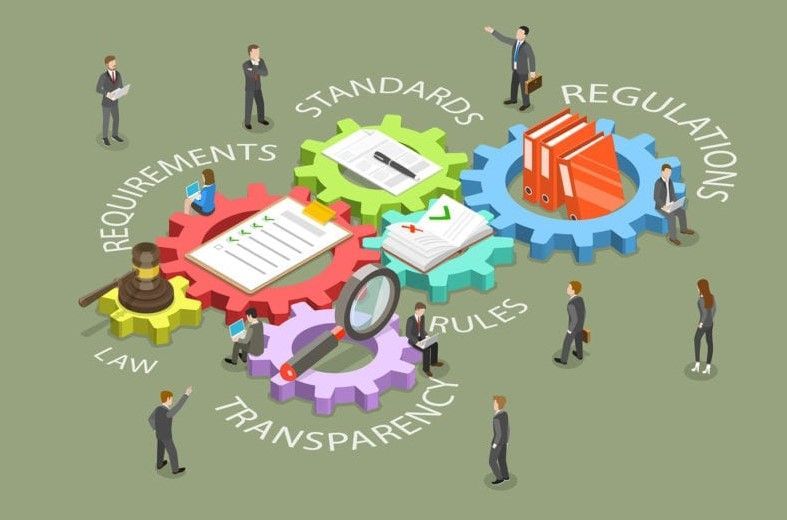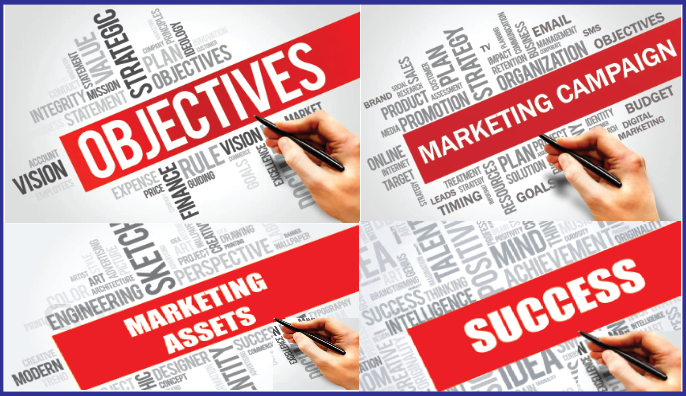“New” Sales Trends for 2013
A new year often brings “new” trends. Some might in fact be new. Others have been developing for some time, and we just didn’t notice them.
Our business helps companies grow revenues through consultative sales training, lead generation, and marketing communications. Naturally, revenue growth is a topic that takes us inside all sorts of companies and professional service firms. We hear real client concerns about what’s happening in the marketplace in real time. Those concerns often signal a trend on the way up-or on the way out.
What business-development bumps do our clients see for 2013?
What trends do we think they signal?
Trend #1: Procurement Means Business. In the “old days” marketing managers bought creative services, in-house counsel purchased outside legal services, and in smaller companies the president was always the go-to decision maker on purchases. Today, materials management professionals are much more influential. Unfortunately for salespeople, their main job seems to be to commoditize whatever they’re buying so the only differentiator is price. Salespeople must help the purchasing pros understand that the “best price” is not necessarily the lowest but instead is the one that brings the “best value.”
There are two cures for the purchasing disease.
The one that sales professionals can control-actually two in one-is to employ a strong consultative sales process and to build their consultative sales skills. Do you know not only how to educate but also how to persuade? Behaviors that persuade, not educate, are what put top salespeople in the 20 percent of business developers who bring in 80 percent of the business. These rainmakers know how to communicate their company’s true differentiation-and to get paid forit!
The other cure is for a company to increase the unique, differentiated value of its service or product, something over which salespeople don’t have much control. But strong sales force discovery skills can drive product development by identifying new customer problems or needs and by identifying market trends. Just be sure to bring news of change in the marketplace to the attention of the right people. Companies that excel in this area invest in service or product improvement long before spending the first dollar on marketing or business development. The art is to create a difference that brings true value to the market place.
Trend #2: Local Buying Is Fast Disappearing. As companies sell into larger and larger markets they tend to purchase services and products on larger and larger stages-regional, national, global. Local relationships count for less now. Today’s sale can require access to decision makers near or in the C-suite. And guess where they are? That’s right-back at headquarters, which can be hundreds or thousands of miles away.
What’s the cure for the disappearing buyer? Actually, it’s the same as for the purchasing disease, but for a different reason. Much stronger consultative selling skills and a stronger sales process will take you higher and deeper into an organization. “You can’t get by just upon a smile,” as the song says, or by being polite, showing up on time, and knowing your product. What good is product knowledge if you don’t know how to discover whether a prospect has a problem the product will solve?
This consolidation of buying power has itself sparked a trend among sales organizations-hiring and training people who can be persuasive without giving away intellectual property, can cross-sell, and who are comfortable meeting with the owners of all those C-suite initials-CEO, CFO, CMO, CIO, COO.
Trend #3: Remote Salespeople Being, Well, Too Remote. This trend is on the supply side and is anything but new: More and more salespeople live and work away from headquarters, sometimes far, far away. Even inside salespeople are caught up in the trend. Just 46% of “inside” sales people actually work inside at headquarters, reports Bloomberg Businessweek. About 37% work both at the office and at home, and 17% are working from home all the time. Given the need to control travel costs, we suspect the number of outside sales people working remotely is even higher.
Key lessons exist here both for salespeople and for sales managers. Sales people must truly be “self-starters.” The only motivational talk you’ll receive is the one you give yourself. Managers need a strong information system to gather metrics that both hold remote workers accountable and inspire them to surpass their goals.
One of our clients, for instance, discovered that a sizable portion of its remote, outside sales people were not going “out” at all. Instead they were attempting to hit their numbers by staying snug and warm inside, virtually never making face-to-face cold calls. Poor performance was a tip off to a problem. The company replaced sales reps who failed to comply with the “outside” part of the “outside sales representative” job description. The numbers got better.
In addition, organized communications are essential to ensure everyone is up to date on products, prices, and, you guessed it, trends in their industry or region.
In summary, a strong value proposition, a strong business development process that communicates that value, and good internal controls on activity are the recipe for responding not only to the current trends we see in selling but also the future trends we can’t see.
Finally, as a wise but unknown writer once observed: “Don’t think you’re on the right road just because it’s a well-beaten path.”
But if you’re concerned that you might be on the wrong path to growth-or you want to move faster on the right one-just give us a call at 847-446-0008. We’ll be happy to talk with you.
The post “New” Sales Trends for 2013 appeared first on Productive Strategies, Inc..









